- About Us
- Bearings
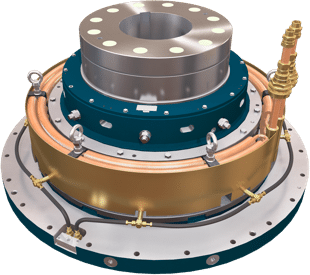 Vertical Bearings
Vertical Bearings
- AV Series
AV Series
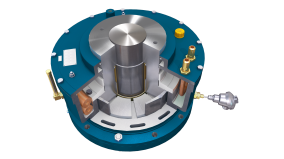
A modular range of vertical thrust and guide bearings covering a shaft range of 68-411mm.
- LV Series
LV Series

A modular range of high capacity vertical shaft thrust and guide bearings covering a shaft diameter range of 300-600mm.
- MV Series
MV Series

A bespoke solution specific to vertical shaft machine applications, including combined thrust and guide bearings or guide only bearings.
- V Series
V Series

A modular range of vertical guide bearings covering a shaft diameter range of 96-480mm.
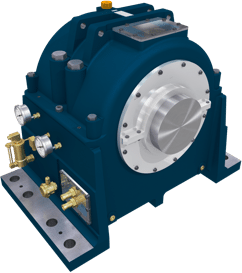 Horizontal Bearings
Horizontal Bearings
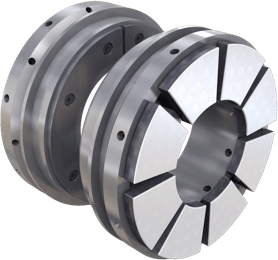 Tilting Pad Bearings
Tilting Pad Bearings
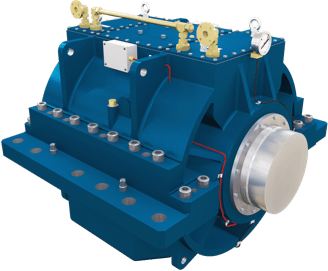 Marine Bearings
Marine Bearings
- Marine Gearbox Internals
Marine Gearbox Internals
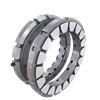
A range of bespoke internals designed for marine gearboxes.
- Marine Propulsion Motor
and Generator BearingsMarine Propulsion Motor

Propulsion motor and generator bearings for both naval and commercial marine applications.
- Line Shaft Bearings
Line Shaft Bearings

Three ranges of standard horizontal bearings for line shaft applications.
- Thrust Blocks
Thrust Blocks
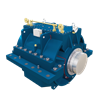
Main propulsion thrust blocks for all types of surface ships and submarines.
 PTFE Bearings
PTFE Bearings PEEK Bearings
PEEK Bearings
- Applications
- Bearing Testing
- Repair and Service
- Careers
- Media Centre
- Contact Us



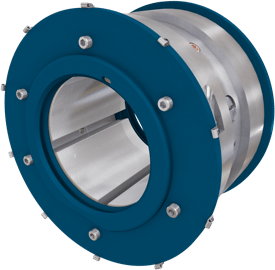 Journal Bearings
Journal Bearings
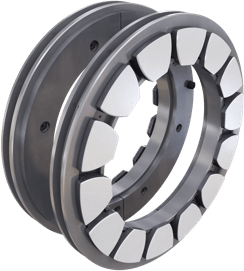 Thrust Bearings
Thrust Bearings

